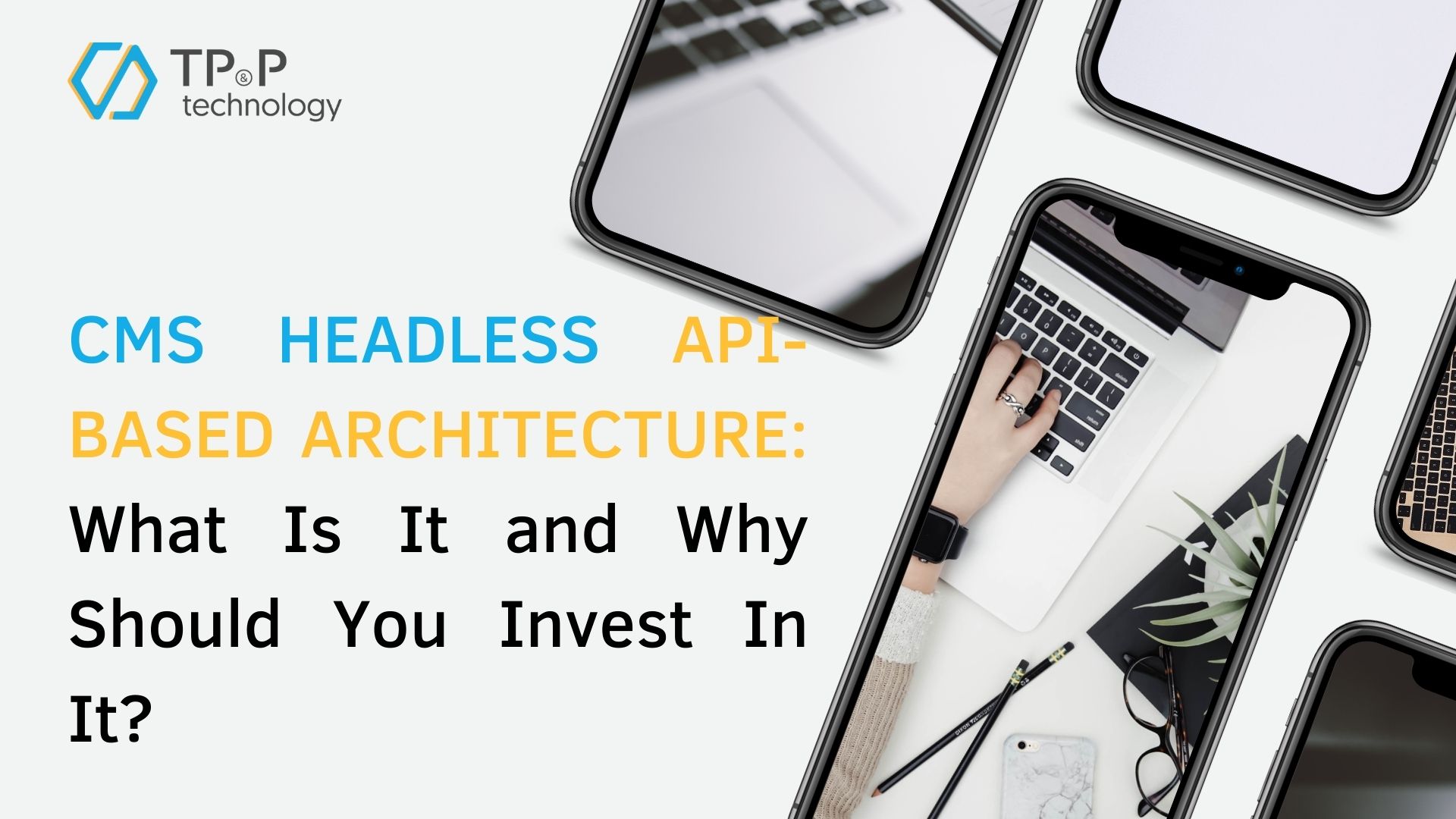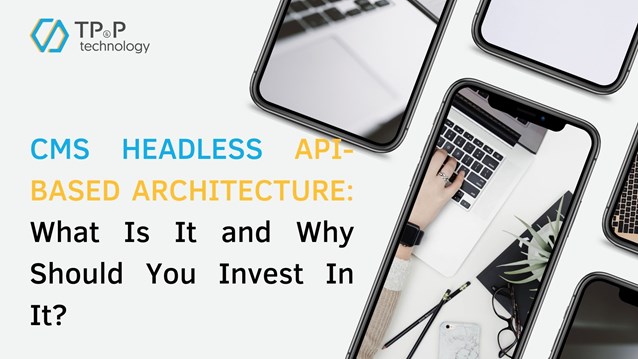
CMS Headless API-based Architecture: What Is It and Why Should You Invest In It?
Since the arrival of Web 2.0, the traditional content management system (CMS) has provided us with good services. But with the content marketing trends evolving, the disconnection between Developer Experience and Editor Experience is clearer than ever.
The most pressing need is a type of CMS where the content managers or editors only need to focus on how the content is managed and presented. Simultaneously, the CMS is responsible for the way content is delivered to users via omnichannel touchpoints. How do you create such an effective content distribution and management system?
With headless CMS, you can do that. However, before emphasizing the API-based headless CMS's benefits compared to the traditional one, first, let’s understand what API is and how it can enhance the experience.
What is API?
API, or Application Programming Interface, acts as an intermediary that allows the two applications to talk to each other. Look at this example for a better and clearer understanding:
When you’re at a restaurant, you are the user/subscriber; your food of choice is the response you expect to receive. The kitchen is part of the system that will provide you the service, which equals prepare your order. And the waiter (or API) is the critical factor linking the communication between you and the kitchen, and deliver your food to your table.
Developers use API to help their application interact with other services using simple commands. Whenever we use an application on our phone, the application connects to the internet and sends data to a server; later on, the server will retrieve the data, interpret it, perform any essential actions, and send the response back.
In the past, software developers tried to develop the entire application modulus from scratch to make the mentioned application to perform a specific task. APIs accelerate the process by providing a modular, premade programming interface that can be added to a software application to extend its functionality.
Hence, in the context of a CMS, APIs with integrated methods and protocols can help you drive better content management strategies and experiences.
Moving on, we will explore what a headless CMS is and how to use its API-based structure.
Headless CMS, what is it?
The traditional CMS roadmap follows a strict cycle, first building the foundation, then bringing in content. With the growing content marketing channels and trends, this presents a challenge. Whenever an update is needed, content editors and managers will have to rely on developers to apply changes. Because the front-end and backend are tightly bound, the issue in one will affect the other. Also, there is a task of making the content platform respond quickly to all means of marketing.
A headless CMS can help by separating the content platform’s presentation layer from the back-end processes. If your content presentation layer is called a "head", the content storehouse can be deemed a body. Therefore, in contrast to traditional CMS systems, a headless CMS separates the frontend (head) from the backend (body). Now you know why it is called Headless CMS.
An efficient Headless CMS can help you connect the frontend to the backend with an API-based architecture. This way, you only need to focus on maintaining the content database and how the user-experience layout appears as the presentation layer; simultaneously, the API architecture acting as an intermediary takes responsibility for delivering that content across multiple mediums.
3 reasons why should you invest in headless CMS?
There are many benefits of using API-based Headless CMS. Below are some of the key points that summarize why you should use the modern Headless CMS instead of the traditional one.
- Better Scope Of Development: A Headless CMS with API-based provide a more stable content platform. Since it does not follow the traditional CMS’s one-and-done process, with Headless CMSs, you will have enough room to work on the frontend. One dedicated frontend development team is enough. Upgrading content platform design, adding new features, etc will not affect your content repository while eliminating the need for specialized development services.
- Progressive API-based Architecture: API helps focus on content relationships and page management. The API renders the content, and the user-interface can be written in any framework and compile data so that your subscribers can experience and enjoy native UX.
- Improved Omnichannel Marketing: A study conducted by Hubspot reveals that at least 70 percent of marketers today invest in content marketing actively, while 24 percent of them are already expecting to increase their investment in it. The end goal is to make your content available in a presentable format for your audience across all channels. However, providing such services to all channels on a traditional CMS would be a very laborious, costly, and time-consuming process. Headless CMS provides the content-first approach, which will help you make the most out of your omnichannel content marketing strategy. The marketing content is available on more channels at a lesser cost.
Conclusion
Although traditional CMS has done really well-publishing content for a linear marketing channel, an API-based architecture headless CMS enables you to reuse the same content, which is not restricted to one form of presentation. It is a worth-investing solution for seamless digital experiences in this fast-paced digital world.
TP&P Technology is the top leading Vietnam software outsourcing and IT services company. We have a strong team of developers who can help you develop your software as required. Talk to one of our experts now to know more about our service.


